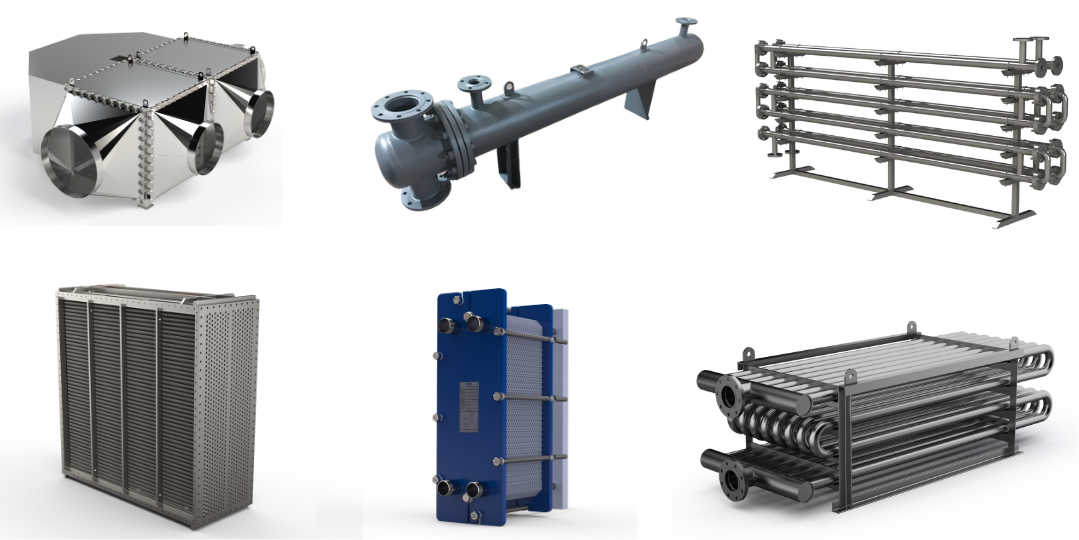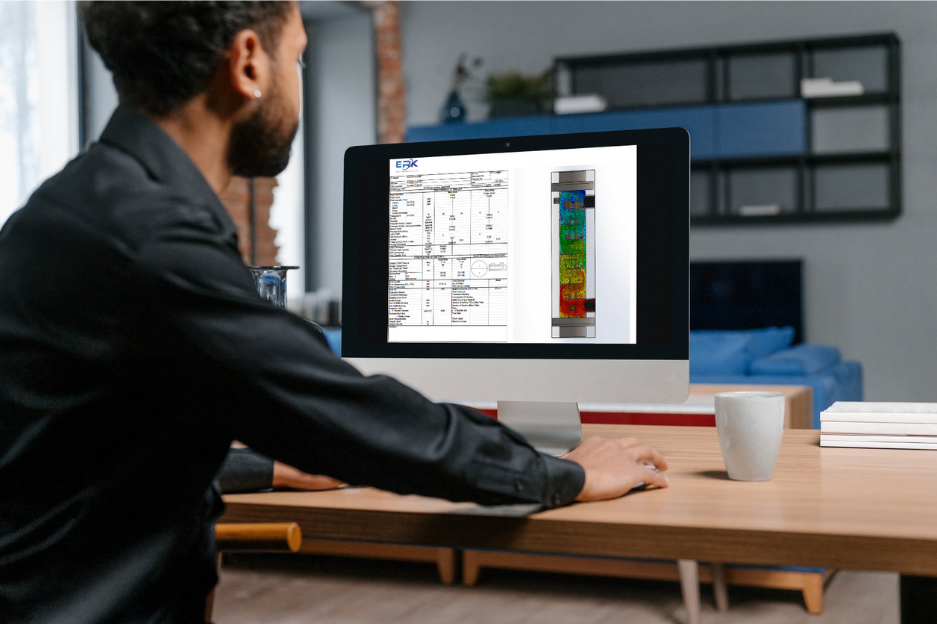Heat exchangers are equipment that enable heat transfer between fluids at different temperatures in industrial facilities. However, for effective performance and longevity, it is crucial to pay attention to some critical factors in heat exchanger design. This article focuses on the key points to consider in heat exchanger design.
To begin with, for effective heat exchanger design, the types of fluids in the primary and secondary circuits, their inlet temperatures, desired outlet temperatures, and flow rates need to be known. Once these data are determined, the thermal design process of the heat exchanger begins. After completing the thermal design process, the mechanical design phase follows, which is very important considering that the heat exchanger is a pressure vessel operating under pressure. In the design process, the following points should generally be considered.
1.) Material Selection:
The choice of materials for the heat exchanger directly affects its functionality and durability. Materials should be selected based on the chemical and physical properties of the fluids, as well as temperature and pressure variations. Stainless steel, carbon steel, copper, and aluminum are commonly preferred materials.
2.) Heat Transfer Between Fluids:
Effective heat transfer between fluids is crucial in heat exchanger design. A good flow arrangement and sufficient heat transfer surface area ensure efficient heat exchange. Therefore, the arrangement of tubes or spacing of plates, along with the overall geometry of the heat exchanger, should be carefully planned.
3.) Ease of Cleaning:
Regular cleaning of the heat exchanger is critical for longevity and efficiency. The design should have components that are easily accessible and suitable for cleaning. Proper planning of this structure reduces maintenance costs and increases operational efficiency.
4.) Thermal Expansion:
A common issue in heat exchange is the thermal expansion of materials. In the design of the heat exchanger, it is important to consider the expansion and contraction of materials. Considering these factors during the design phase prevents potential leaks in the future and ensures the heat exchangers have a longer lifespan.
5.) Energy Efficiency:
Energy efficiency is becoming increasingly important today. In heat exchanger design, conditions such as insulation to minimize energy losses, positioning for efficiency in maintenance processes, and ease of disassembly should be evaluated and applied to the product and on-site.
The critical factors to consider in heat exchanger design include functionality, durability, and energy efficiency. Correct material selection, effective heat transfer between fluids, ease of cleaning, thermal expansion, and energy efficiency ensure the heat exchanger is long-lasting and high-performing. ERK Proses specializes in heat exchanger design and is here to offer the best solutions to our customers. For more detailed information, please contact us.


